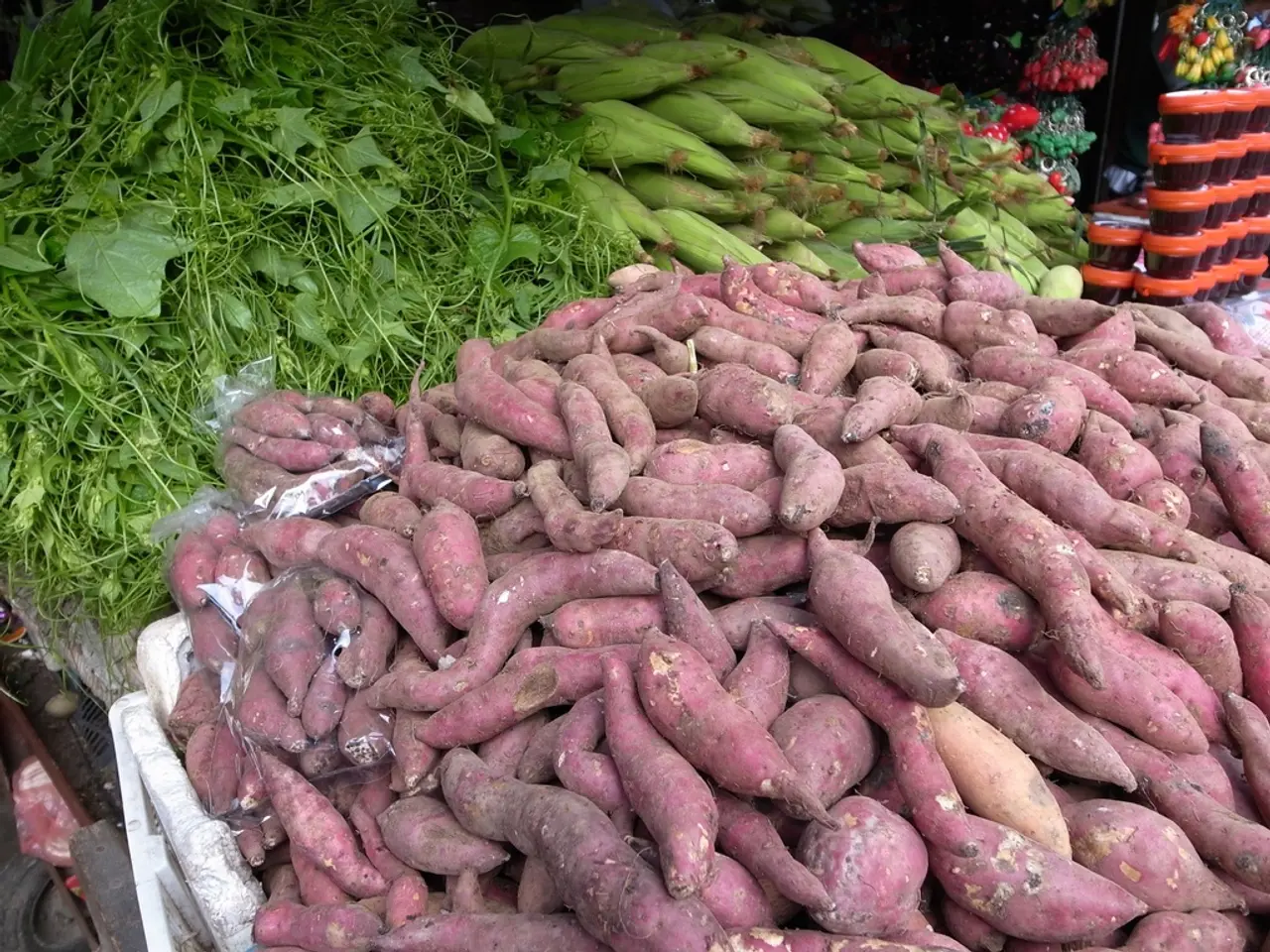Not finishing up with seed planting just yet still an option
Welcome to the second half of the gardening season! While many gardeners might be winding down, there's still plenty of time to fill your table with fresh produce. According to GrowVeg and horticulturist Margaret Roach, the best crops to plant in mid-summer for a productive fall harvest typically include leafy greens, root vegetables, beans, and certain brassicas. Here's a guide on how to plant and care for these top crops.
Bush Beans
Direct sow beans about 60 days before expected frost. Provide well-drained soil and keep the soil moist. Be ready with frost protection if cold threatens early.
Beets and Beet Greens
Direct sow seeds deep enough for root development, about 60 days to maturity. Keep the soil consistently moist, and thinning is important to allow root growth.
Braising Greens Mix (mustard, kale, collards, Asian greens)
Sow seeds directly in the garden. These greens mature quickly, so regular watering and partial shade as late summer warms are essential. Harvest leaves young for best texture.
Broccoli Raab
Transplants or direct seed broccoli raab. This fast-growing crop needs consistent moisture and cooler temperatures. Cover if frost threatens.
Carrots
Sow carrots directly, choosing varieties like ‘Rolanka’ for storage or smaller types for quick fall harvest. Keep the soil loose and free of stones, and consistent watering is critical to prevent cracking.
Cucumbers (bush type)
Sow seeds or transplant bush cucumbers, selecting varieties rated about 60 days. Provide full sun, trellising if needed, and keep well watered.
Lettuce (leaf and head types, mesclun mix)
Sow seeds directly, about 30 days to first cutting. Provide partial shade in hot midsummer, and water frequently to avoid bitterness.
Radishes
Direct sow radishes, which are very fast maturing (about 25 days). Keep the soil moist, and ideal for succession planting every couple weeks.
Spinach
Direct sow spinach, which grows best in cooler late summer and fall. Keep the soil moist and provide some shade as temperatures cool. Harvest leaves young for tenderness.
Kale
Sow kale seeds or transplant, about 60 days to maturity but can harvest baby greens sooner. Kale can tolerate cooler temperatures well; keep watered and harvest leaves regularly to encourage growth.
General Care Tips
Most mid-summer crops benefit from consistent watering and mulching to retain soil moisture. Start with good soil preparation including organic matter. For longer growing seasons, use row covers or frost blankets as temperatures drop in fall. Succession planting (staggering sowing dates) extends harvest periods.
Additional Tips for Specific Crops
- Squash plants require rich, evenly moist soil for growth. Additional zucchini seeds can be planted mid-summer to space out the harvest. Zucchini plants need at least 2 feet of space for proper growth and airflow.
- Broccoli seedlings require protection from cabbage white butterflies. Start broccoli seeds in small pots with potting mix, just barely covered, and move outside when the time is right.
- Celery is technically a marshland diva and should be started on top of wet seed-starting mix. Celery seeds can be covered with a clear plastic bag and held down with a rubber band until they sprout.
- Zucchini seeds should be angled on their sides to prevent rot when sown.
- Beans are easy to grow and forgiving, making them perfect for late sowing.
Happy planting, and here's to a bountiful fall harvest! This article was written by Mercy Kambura.
- For a productive fall harvest, consider planting leafy greens, root vegetables, beans, and certain brassicas as recommended by GrowVeg and Margaret Roach.
- Bush beans should be sown about 60 days before expected frost, providing well-drained soil and keeping the soil moist.
- Beets and beet greens can be directly sown deep enough for root development, about 60 days to maturity, while keeping the soil consistently moist and important for thinning.
- Braising greens mix (mustard, kale, collards, Asian greens) mature quickly, so regular watering and partial shade as late summer warms are essential when sowing seeds directly in the garden.
- Broccoli raab, a fast-growing crop, needs consistent moisture and cooler temperatures, with frost protection if needed for direct sowing or transplant.
- Carrots should be sown directly, choosing varieties like ‘Rolanka’ for storage or smaller types for quick fall harvest, in loose soil free of stones, with critical watering to prevent cracking.




